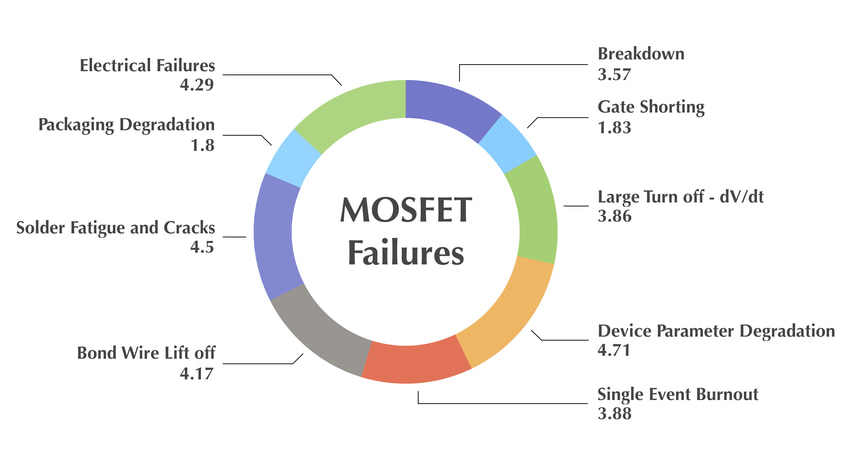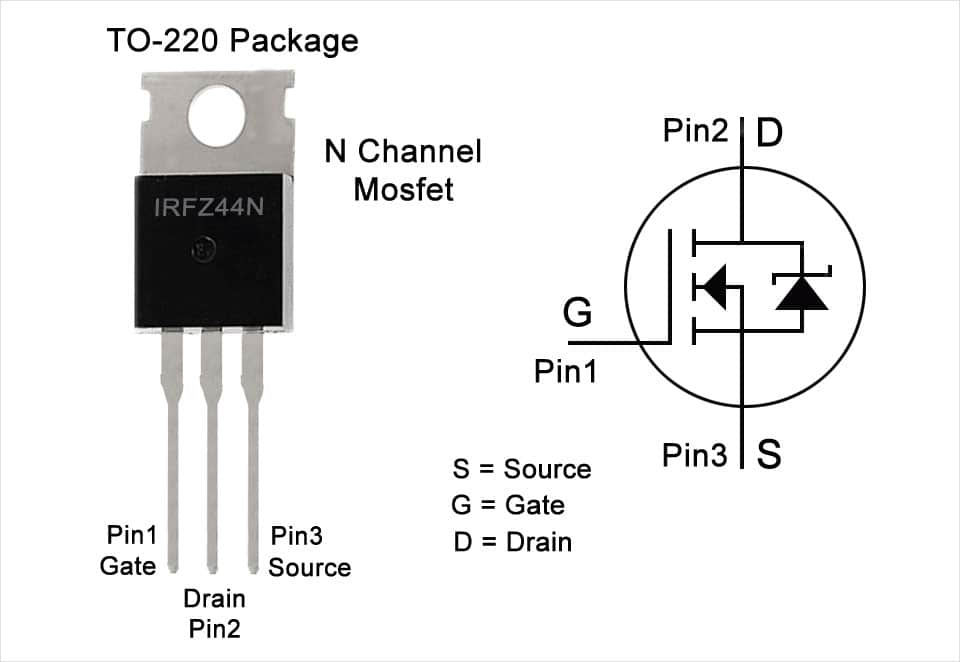My Mess Around with MOSFET Gates
Alright, so I was working on this little project, trying to switch a fairly beefy LED strip on and off using a microcontroller. Simple enough, right? I grabbed a MOSFET, an N-channel one, thinking it’d be straightforward. Just like using a transistor, but more power. That was the idea anyway.

So I hooked it up. Got the LED strip connected to the drain, power supply to the source (or was it the other way around? Always gotta double-check those datasheets, they can be a pain). Then the gate. I figured, okay, the microcontroller puts out 3.3V or 5V, that should be enough to turn this thing on. I connected the microcontroller pin directly to the MOSFET gate. Sometimes I’d put a small resistor, like 1k, just in case, habit from bipolar transistors maybe.
First Try: Flickering Nonsense
Fired it up. And… weirdness. The LEDs would sometimes flicker, sometimes stay dimly lit even when they were supposed to be off. Sometimes they wouldn’t turn on properly. It wasn’t a clean switch at all. Super annoying. Checked the wiring like ten times. Everything seemed connected right according to the basic diagrams you see everywhere.
What Was Going On With That Gate?
Started poking around with the multimeter. Voltage at the gate looked okay when the microcontroller pin was high. But when the pin went low, expecting the MOSFET to turn off, things weren’t quite zero. And the behavior was erratic. It felt like the gate was just floating around, picking up noise or something when it was supposed to be off.

Then I remembered reading somewhere, ages ago, that MOSFET gates are basically tiny capacitors. They don’t draw current like a bipolar transistor’s base. They just need a voltage. But if you don’t actively pull that voltage down to zero, it can just hang there, keeping the MOSFET partially on, or making it susceptible to noise. Leaving it floating is asking for trouble.
- Checked the microcontroller pin – it went low, close to 0V.
- Checked the MOSFET gate voltage when the pin was low – it wasn’t always 0V!
- Realized the high impedance state was the problem.
The Fix: Pull it Down!
So, the solution was pretty simple once I thought about it. I needed to make sure the gate voltage went firmly to ground when the microcontroller pin wasn’t actively pulling it high. The fix? A pull-down resistor.
I grabbed a resistor, something like 10k ohms, and soldered it between the MOSFET gate pin and the ground connection. This way, when the microcontroller pin goes low (or even goes high-impedance during startup or whatever), this resistor yanks the gate voltage down to ground, firmly turning the MOSFET off.
Testing Again
Hooked it all back up with the pull-down resistor in place. Success! The LED strip turned on cleanly, turned off cleanly. No more flickering, no more weird dim states. It just worked like it was supposed to.

It seems obvious now, but when you’re just starting or following simple diagrams, sometimes that little detail about the gate’s capacitance and the need for a pull-down (or pull-up, depending on the setup) gets missed. It’s not just about applying voltage; it’s about making sure that voltage goes where you want it, and stays there, especially when it needs to be off. Lesson learned: never leave a MOSFET gate floating. Always give it a path to ground or VCC when it’s not being actively driven.

